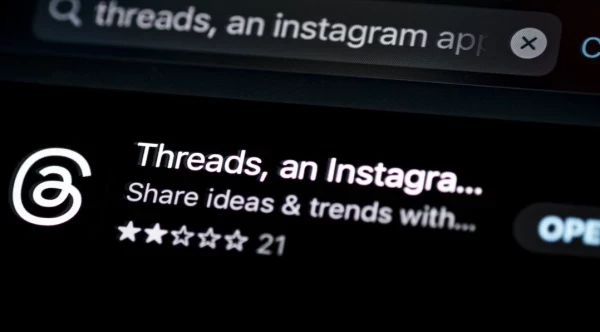New Studies Showing Social Media Surge To Rattle CX World
Add bookmark
“There are over 65 social channels and applications…[and] I think it’s about 71 percent of people who anticipate their question being answered within an hour,” Chris Vetrano (Lyft Social Media Lead and CX Program Manager) recently told me.
In the past decade, social media has shifted from a competitive advantage to the primary medium for brand imagery and instantaneous, casual customer engagement.
According to a recent CCW Digital market study, 68% of businesses say social media will become more important to the customer experience process over the next 5 years.
Read More: Q&A With TGI Friday's Chief Experience Officer
The stat depicts a general continuous progression towards social media in the digital age of consumerism. But you already knew that.
Behind the numbers
So let’s take a deeper look.
The vast majority of active users on Twitter, as one example (the most popular social platform for customer service), are Gen Z and Millennials… hovering around 66% of Twitter users. 
According to the same CCW Digital market study, by 2025, Millennials and Gen Z are forecasted to comprise around 80% of the global workforce.
Read More: Special Report Series: Agent Engagement
So what does this all mean? Younger generations (the ones using social media constantly) are beginning to heavily populate the workforce and they’re bringing social media with them. In fact, chances are you stumbled on this article through a social media platform like Twitter or LinkedIn.
Consumer behavior and generational trends
If you know some of these trends, it may help you target Millennials and Gen Z consumers, enhance your digital marketing strategy and capitalize on social media in your customer service model.
For example, those who are aware of these concepts would probably also know that they prefer streams over cable television, are more likely to purchase products based on emotions rather than rationality, and scroll through Instagram and YouTube more than any other social platform.
Read More: Special Report Series: Omnichannel Chatbots (Sponsored by Salesforce)
And as more businesses combine social consumer behavior with digital marketing and omnichannel customer service, that then raises the bar of expectation for others. These days, consumers expect to be able to shoot businesses a direct message, comment or tweet at a brand and instantly receive a response.
As Chris mentioned, roughly 71 percent of customers expect a response within an hour. And according to Yelp, “If you aim to respond within 24 hours, you increase your chances of having a reviewer upgrade their review to a higher star rating by 33%,” expressing the impact timeliness has on customer satisfaction (and the public marketing advantages that come with it). ![]()
That increased expectation is underlined in a new survey from Boston Digital, highlighting why consumers follow brands and what’s turning social media followers into purchases.
One of the survey’s studies concluded that the vast majority of consumers follow brands on social media to get more information about that businesses' products, treating certain social channels like traditional catalogs and modern internet engines.
More specifically, that underlying conclusion is comprised of the top two categories of the survey, “Helpful information related to one of my hobbies” and “Product information,” expressing the importance of digital customer service, product education and personalizing the overall experience - not necessarily to engage with entertaining content (contrary to popular belief).
So what's working and what's not?
As Andrew Hutchinson in Social Media Today put it:
“That underlines the key use case for your social audience - while sharing content that'll see more engagement, like inspirational quotes or memes, might see your numbers jump, if it drifts too far from your core use case, you're not helping to build your brand. Better to have ten followers who'll become paying customers than a thousand whose only contributions will be in the form of post likes.”
Read More: 5 Scientific Reasons Visual Storytelling Will Grow Your Brand
However, according to the study, “Funny or interesting content” does come in as the third most common reason for following a brand page, “Insider deals” comes in at fourth on the list, which is interesting in relation to the second question. 
Promotions and exclusive deals are the top two reasons why respondents indicated that they're likely to make a purchase based on a brand's social media activity. So providing a level of exclusivity, and keeping your audience informed of relevant offers, is another key use case.
Combining social consumer behavior with digital marketing and omnichannel service is one of the most effective and rapidly growing ways to deliver quality experiences to your customers. Use your targeted consumer behavior insights and social channels to your advantage.




























